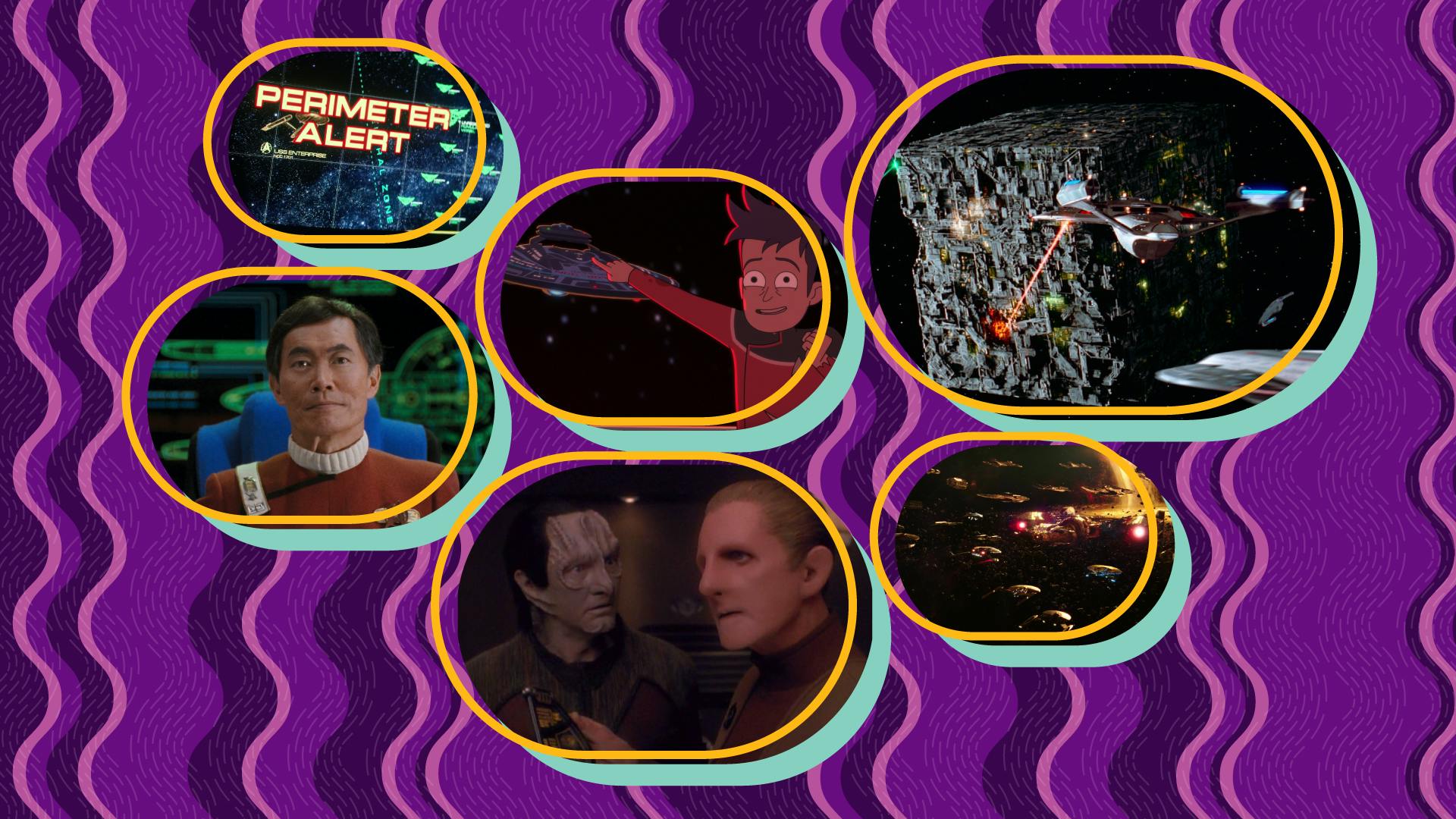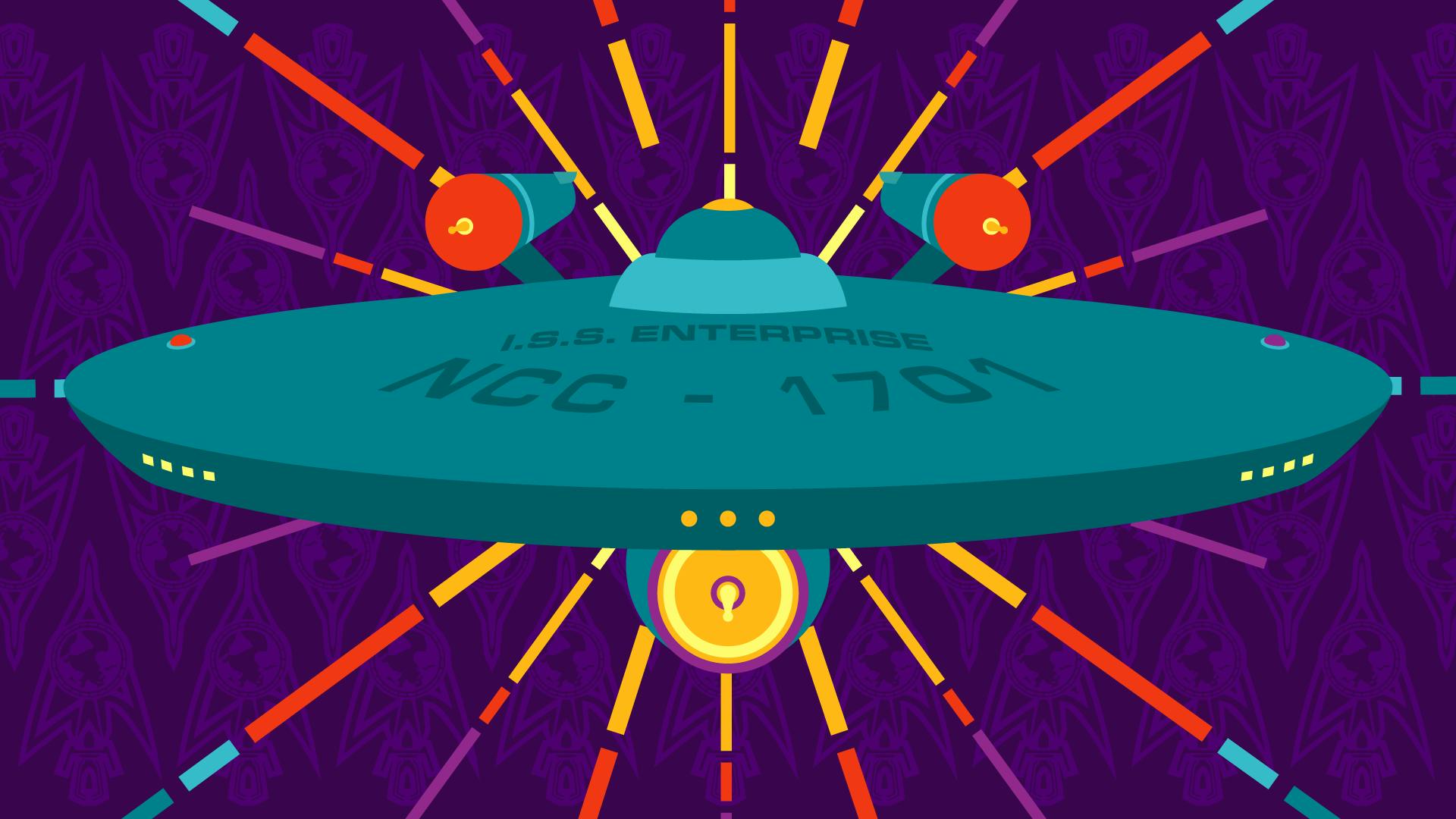Published Apr 29, 2024
29 Years Ago, Deep Space Nine Created The Coolest Trill Canon
From 'Facets' to Discovery, the zhian'tara abides.
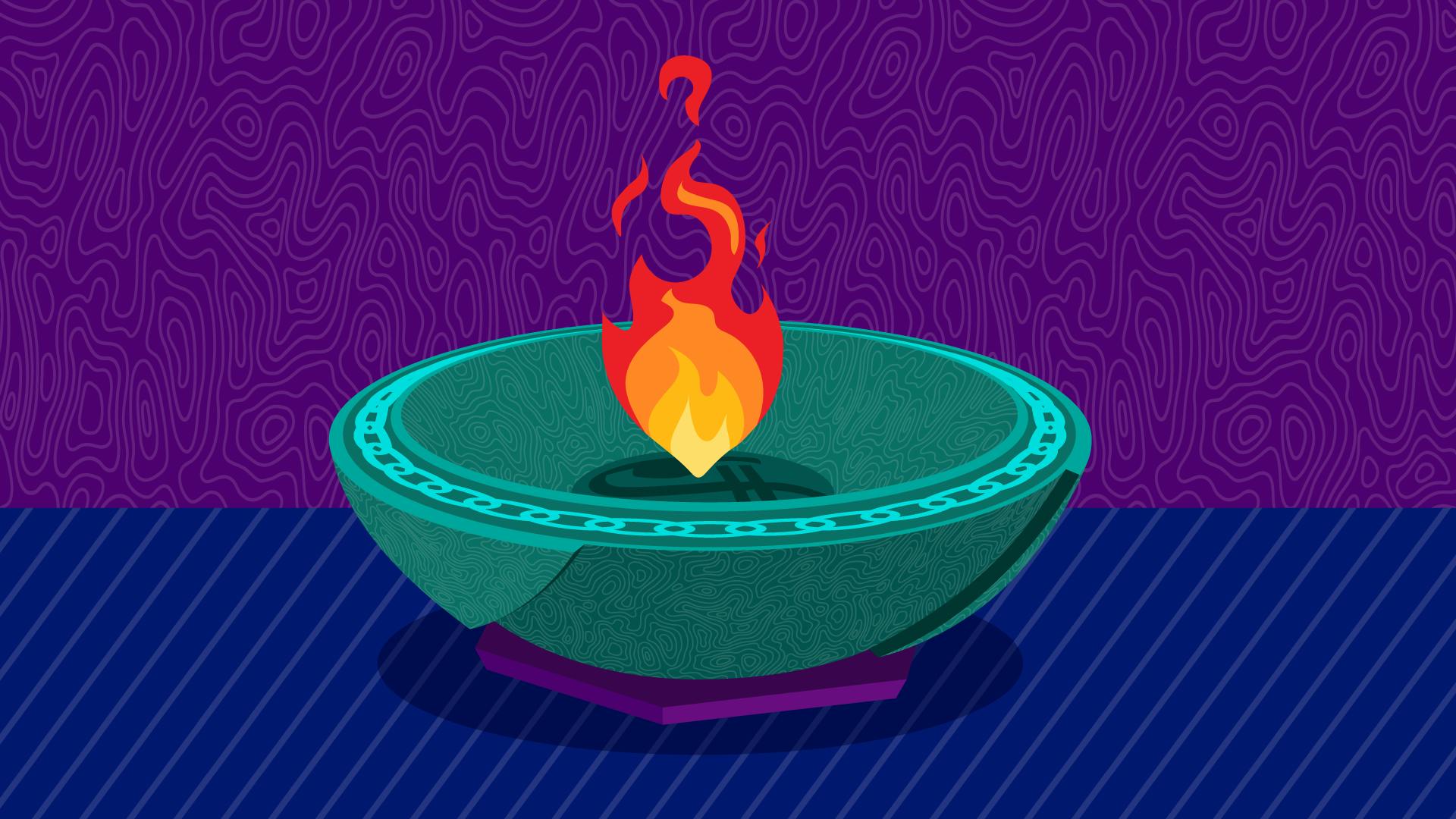
StarTrek.com
As a metaphor for the spectrum of human experiences, the Trill are one of Star Trek's most enduring concepts. But the literal, in-universe workings of the Trill also represent impressive world-building, all of which truly came into its own in Star Trek: Deep Space Nine. Yes, the Trill were invented for the 1990 Star Trek: The Next Generation episode "The Host," but the most intricate and downright cool aspects of Trill culture were expanded throughout Deep Space Nine thanks to the stories of Jadzia Dax, Ezri Dax, and the Trill hosts that came before.
On June 12, 1995, one episode leveled-up Trill canon like no previous episode had before. Before this episode, without flashbacks, or characters reminiscing, previous Trill hosts were hard for the audience to access. But, right at the end of Season 3, the Deep Space Nine episode "Facets" changed everything.
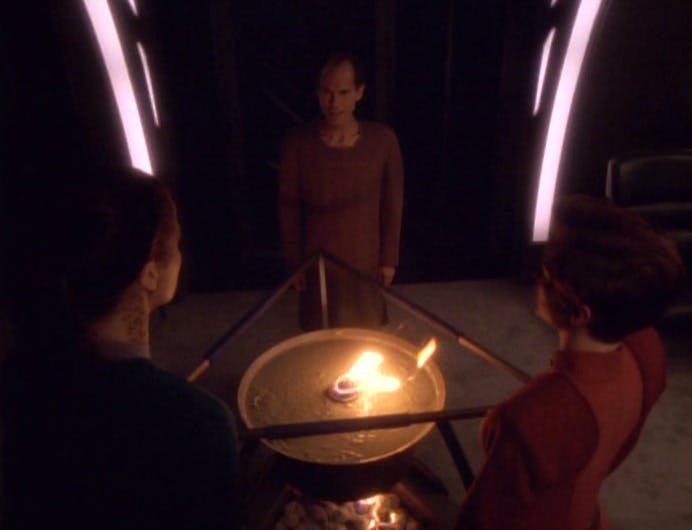
"Facets"
StarTrek.com
Today, Star Trek: Discovery inherited quite a bit of useful lore from "Facets," and the recent episode, "Jinaal," even gives us touches of what made "Facets" so compelling to begin with. Here’s why this groundbreaking DS9 episode is so utterly fantastic, and influential to this day.
On the surface, "Facets" is a wacky sci-fi set-up in which Jadzia asks to "borrow" the bodies of her best friends. But instead of a Freaky Friday (or "Spock Amok") style switcheroo, "Facets" is a deeper story, all about Jadzia meeting her previous hosts, physically, instead of those memories just existing inside of her.
Luckily, this doesn’t require her symbiont to be moved out of her body, because the zhian'tara — a nifty Trill ritual — allows the the personality of one of Dax's previous hosts to be "temporarily removed from the symbiont and imprinted," via telepathy, onto another person. Jadzia Dax chooses the seven people she's closest to on the space station, and then, we, briefly, get to see other Daxes in the bodies of Quark, O’Brien, Bashir, Sisko, Kira, Odo, and Leeta.
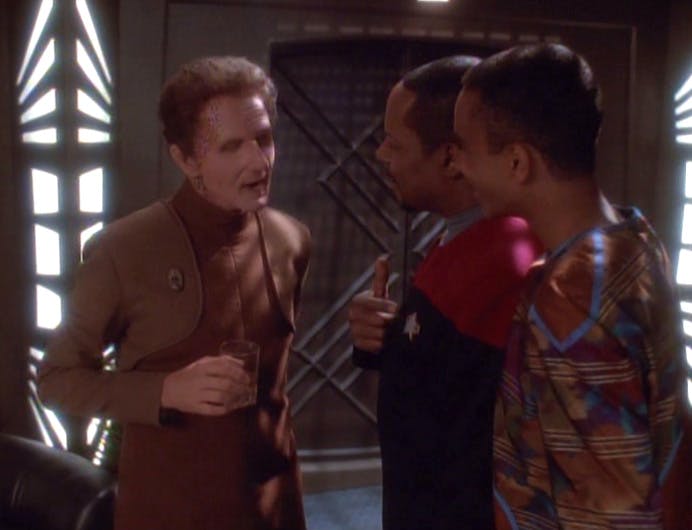
"Facets"
StarTrek.com
While Odo merging with the personality of Curzon Dax is the most dramatic, and enduring aspect of "Facets," the significance of this episode cannot be overstated not just for the creation of a very profound Trill ability, but because this episode snuck Leeta (Chase Masterson) into the Star Trek family forever.
At the time "Facets" was written, Leeta had only appeared in one episode previously, very briefly in the episode "Explorers." But, suddenly, in the penultimate episode of Season 3, "Facets" retroactively established that Leeta, someone who worked at the Dabo tables in Quark's bar, was very good friends with Jadzia Dax.
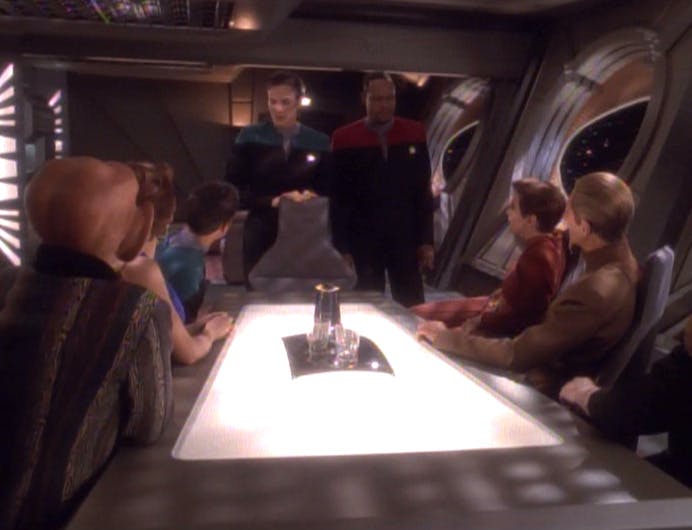
"Facets"
StarTrek.com
"I thought I was only going to be in one episode," Chase Masterson revealed in 2020, on the DISCO Nights podcast. "It was my second episode! Suddenly, I got a call from wardrobe that I was going to be Emony Dax, and I was like, 'What’s that mean?'"
In the episode, Masterson plays Leeta, of course, but, through the zhian'tara, also plays Emony. In the Trek timeline, Emony was an Olympic gymnast who lived in the 23rd Century, and, as we later learned in "Trials and Tribble-ations" was also cozy with Dr. Leonard "Bones" McCoy. So, thanks to "Facets" and the zhian'tara, not only did we get details about Emony Dax, but also, later, a connection between DS9 and The Original Series. And even though we never saw Leeta and Dax growing closer on-screen prior to this episode, bringing Chase Masteron back as Leeta had a massive impact on Star Trek fandom. "It kinda meant I was in the group," Masterson remembers. "I felt lucky and of course, it changed everything."
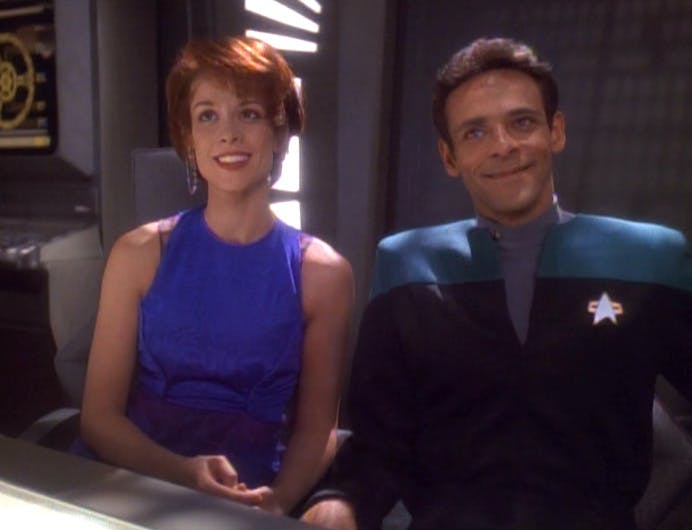
"Facets"
StarTrek.com
Fans who attend conventions and events like Star Trek: The Cruise are fully aware of just how active and integral Masterson is to modern Trek fandom. As a co-founder of the Pop Culture Hero Coalition, Masterson helped create an anti-bullying program which is the only social emotional learning program used by the YMCA nationwide. Would any of this have happened if Chase Masteron hadn’t been brought into the family in "Facets"? It seems unlikely!
Masteron remembers "Facets" as an "intense episode," and it's that intensity which made it such an important part of Star Trek history. In fact, the emotionally-charged nature of "Facets" is part of what made Discovery's recent zhian'tara episode so compelling.
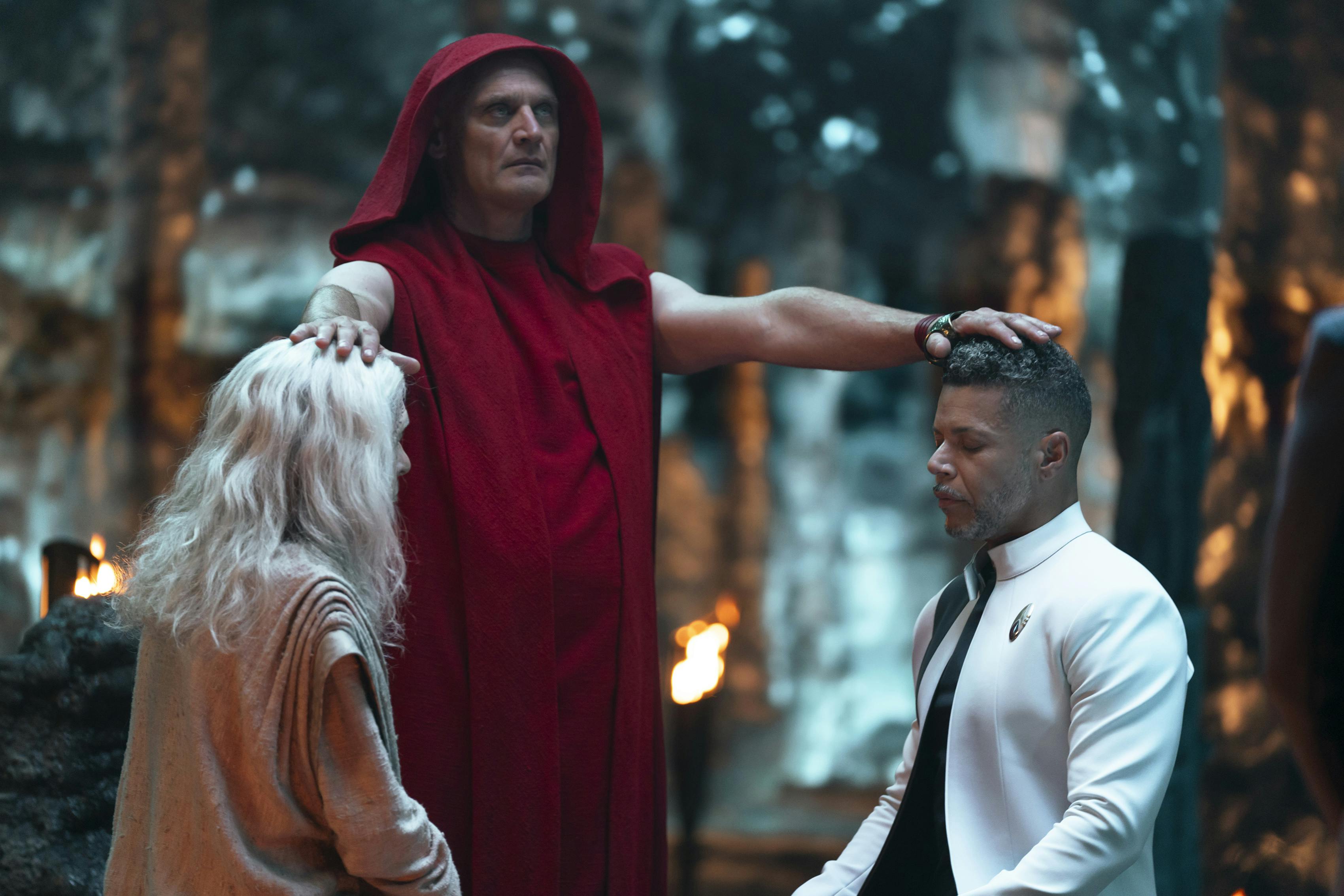
"Jinaal"
StarTrek.com
When Dr. Culber takes on the memories of the titular “Jinaal," we certainly get shades of Curzon Dax in Odo's body. Jinaal is direct, jovial, and more than a little evasive. Like Curzon inhabiting Odo's body, there's a ticking clock in play, a time limit to how long Jinaal can stay in Culber's body without the effect becoming more permanent.
Both Jinaal and Curzon are also hiding part of their motivations, keeping a past memory to themselves, for fear of what the current members of Starfleet might do with it. In "Facets," Curzon was keeping a very personal memory close to him, the idea he was in love with Jadzia. For Jinaal, he's not too sure Starfleet in the 32nd Century can handle the power of the Progenitor tech.
Somewhat appropriately, and in a sense, with a poetic connection, Jinaal Bix was a Trill working for Starfleet back in the 24th Century during the Dominion War; very close to the same timeframe that Jadzia had her zhian'tara in "Facets."
Did Jinaal Bix know Curzon Dax, or even Jadzia Dax? While we don’t know the exact answer to that question, Discovery's recent return to the zhian'tara, and to a storyline that honors Deep Space Nine isn't just fan service. It creates a meaningful connection across generations and centuries, which, appropriately, is exactly what the Trill do, too.
In Star Trek, the Trill teaches us that we're never too old — or too young — to learn something new.

